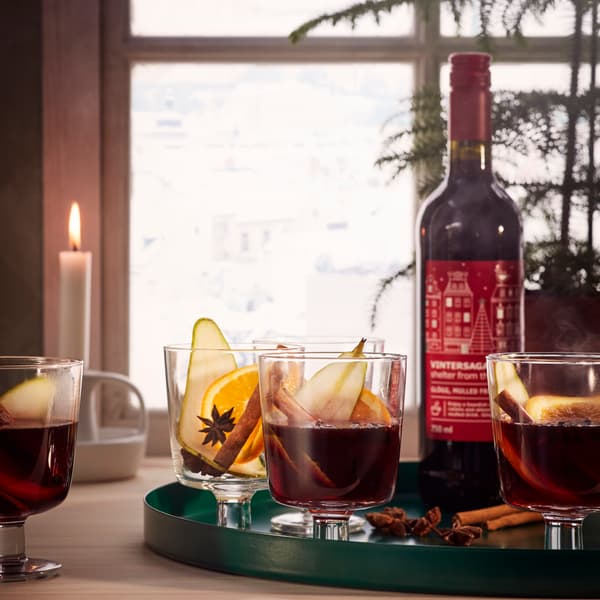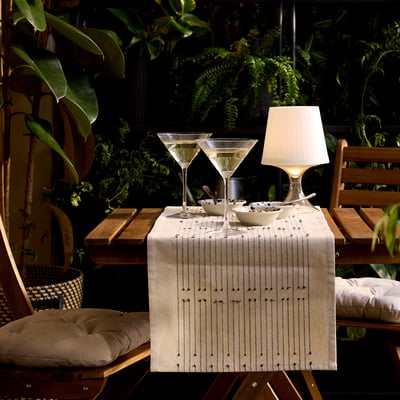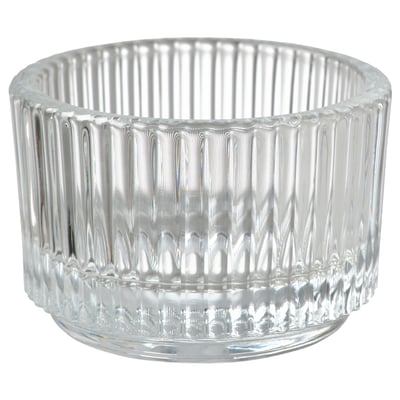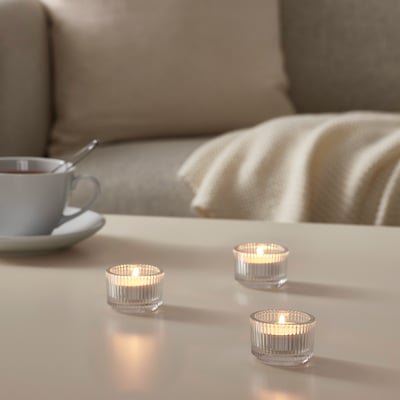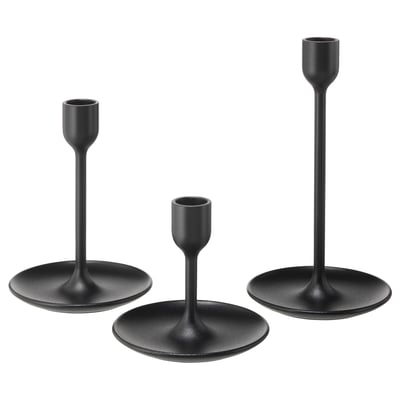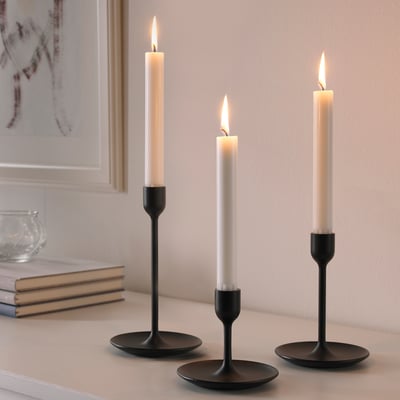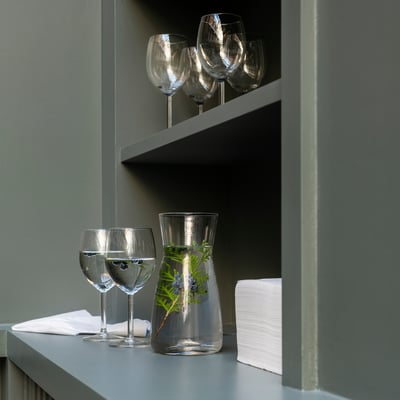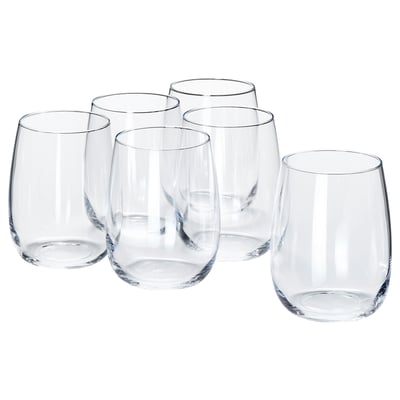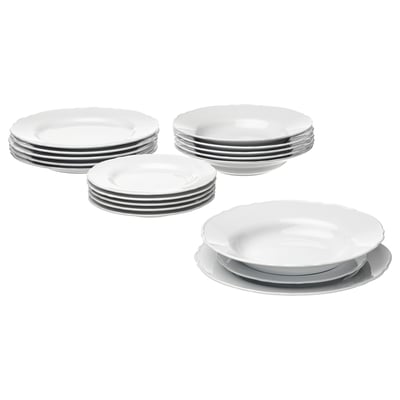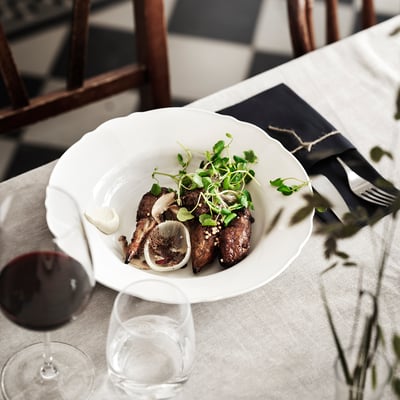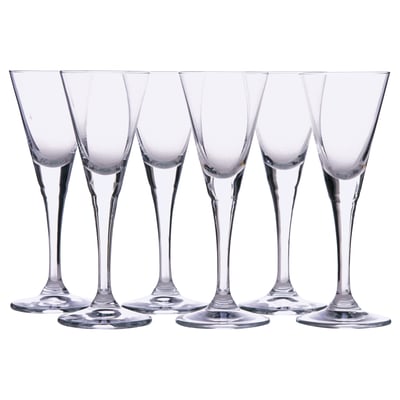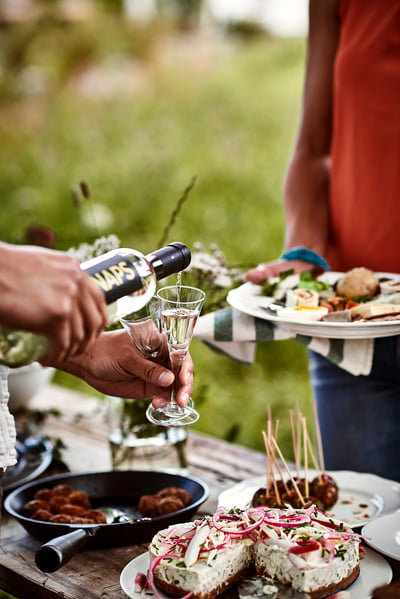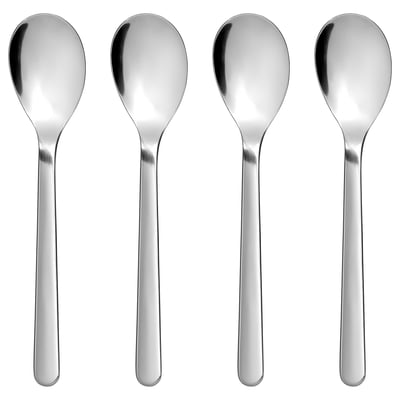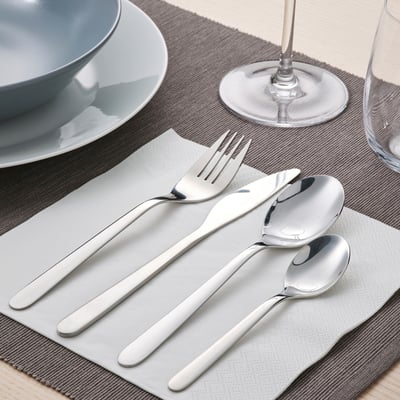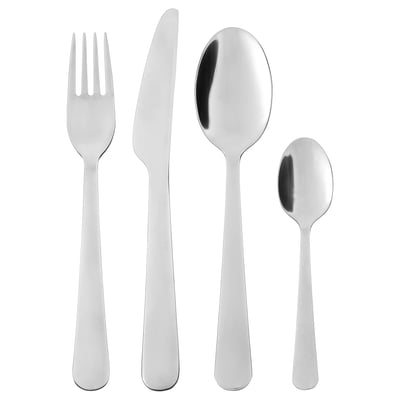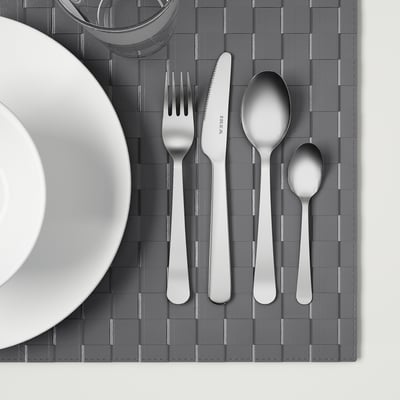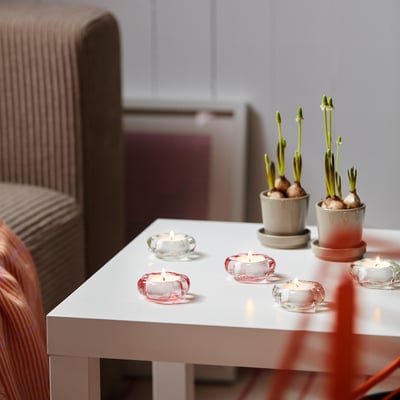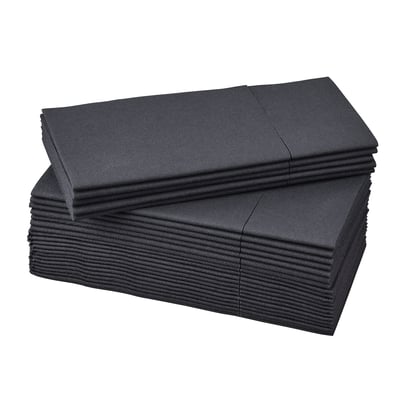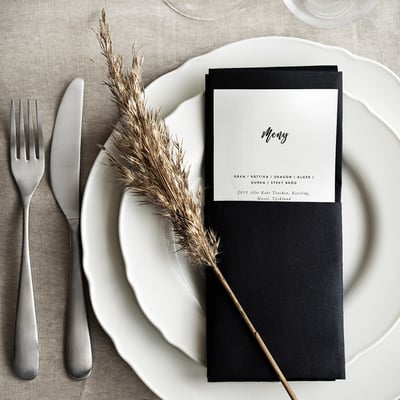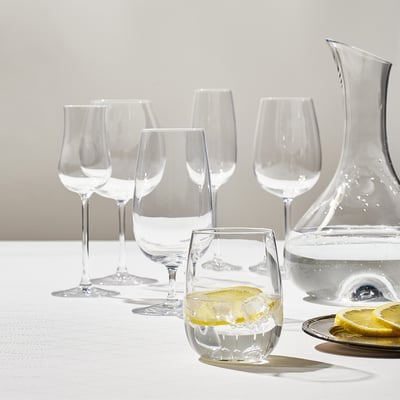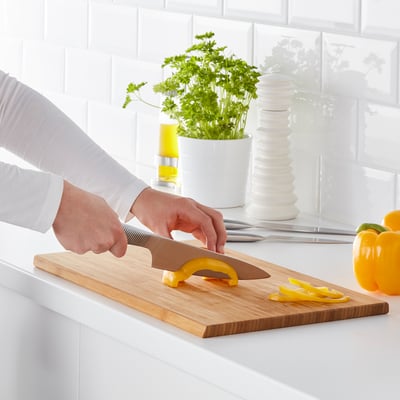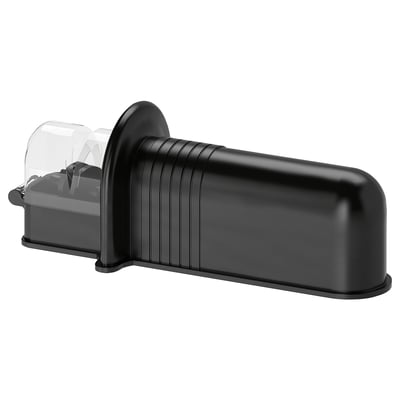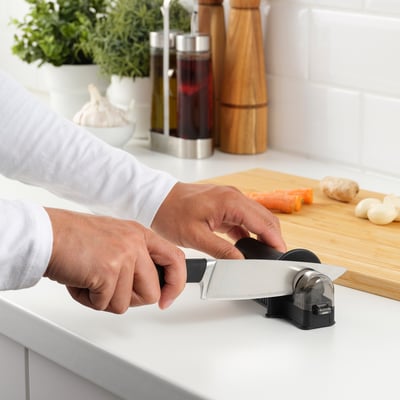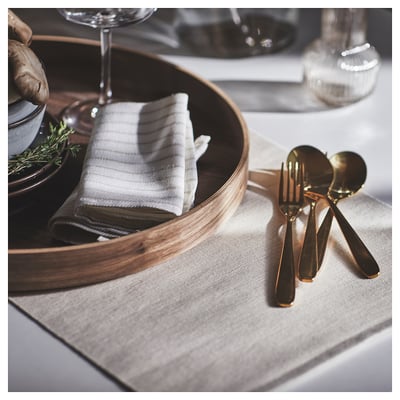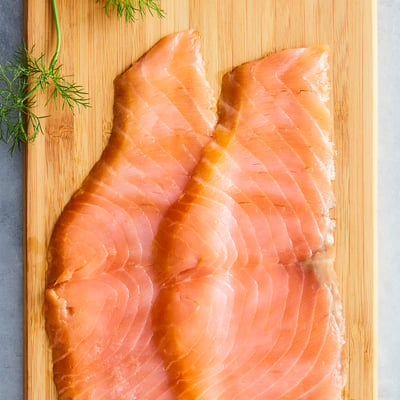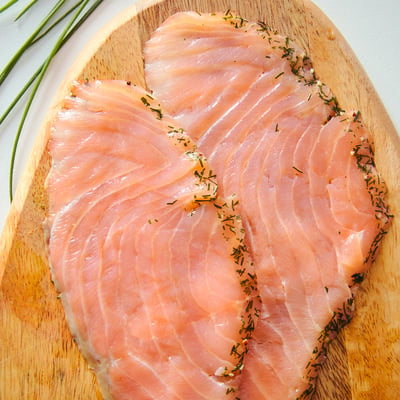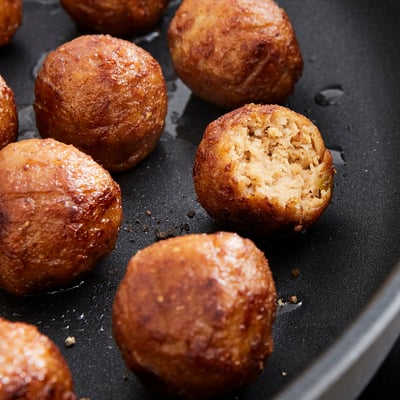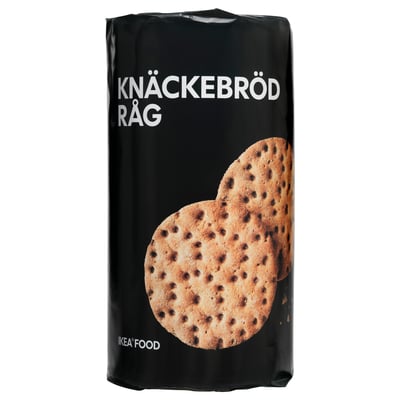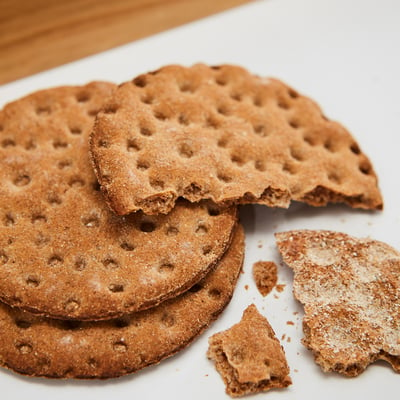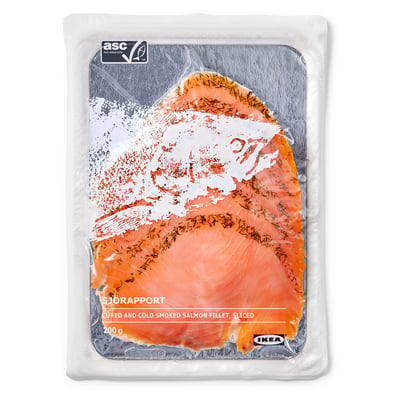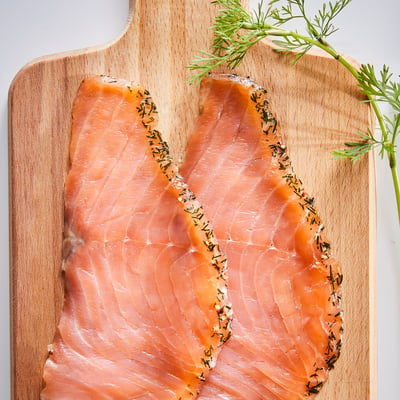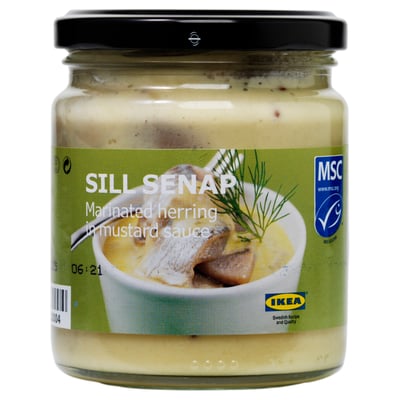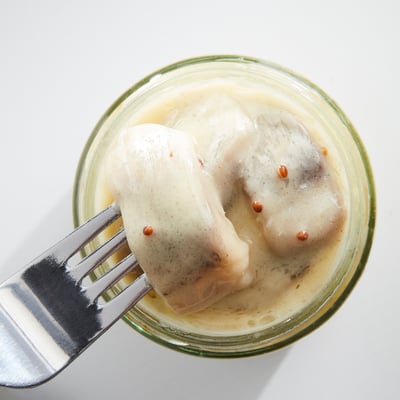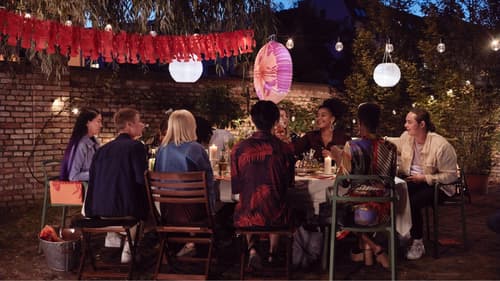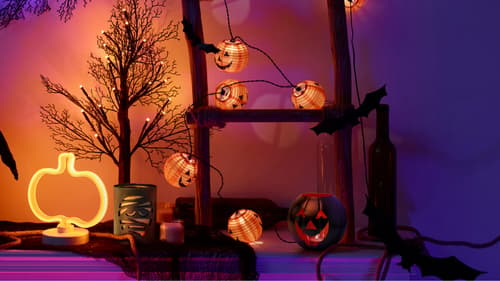The Swedish Christmas season begins with Advent, the four weeks that precede Christmas. Every Sunday for each of the four weeks Swedes light a symbolic candle at home. Advent calendars are common as a way of counting down to Christmas.
Just before Christmas, Swedish homes are decorated with all types of ornaments, candles, runners, wall hangings, Father Christmas figures and angels. Winter greenery such as lingonberry and pine sprigs are hung as garlands. Swedish Christmas trees are taken very seriously and decorated according to family tradition. Some with flags, others with tinsel and coloured ornaments. Oranges decorated with cloves are hung with ribbons from window or door frames to spread a nice, fresh scent in the room.
Lights and candles are important, especially in the events leading up to and around Christmas. Star-shaped lamps and Christmas lights are placed in windows, making homes cosy on the inside and sparkling in the darkness for people outdoors. They bring warmth and brightness into Swedish homes during the time of year when daylight is limited.
Glögg parties are common social events in the weeks leading up to Christmas. Groups of family, friends and colleagues meet to share glögg (hot spiced wine), crispy ginger cookies and lussekatter (saffon-infused Lucia rolls).
Christmas Eve (24 December, Julafton) is the highlight of the Swedish Christmas season. Many Swedes travel long distances to spend time with family. After a large meal (smörgåsbord), children wait to hear a knock at the door, indicating that Santa has arrived with gifts.
